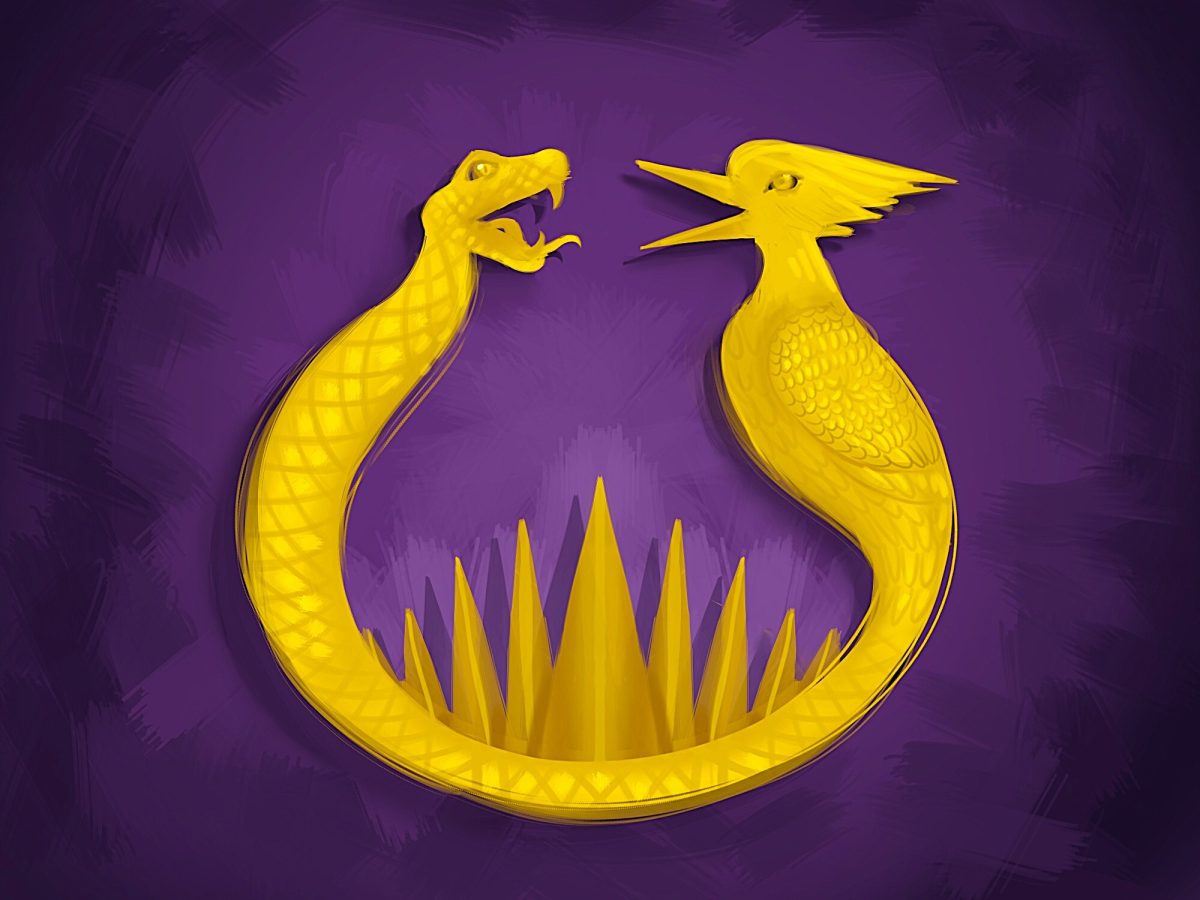Are dolphins advanced enough to start communicating with us?
With their playful nature and high level of intelligence, dolphins have captured the hearts of many. Now, scientists are exploring interspecies communication – hoping that dolphins will no longer just need our help, but also have the ability to ask for it.
Dr. Denise L. Herzing has been conducting dolphin research for 25 years through the Wild Dolphin Project. Her latest endeavor, in a remote area of water off the Bahamas, is to initiate two-way communication in hopes that dolphins will seek interaction with humans.
“Animal communication allows us to view human communications as human,” said Jelle Atema, biology professor at Boston University and adjunct scientist at the Woods Hole Oceanographic Institute, in a phone interview.
“If we are to understand how dolphins make a living in their environment, it is important to understand how dolphins communicate with each other,” said John Finnerty, a BU biology professor.
SPEAKING IN SONAR
“In their world, on their terms” – the motto of the Wild Dolphin Project, a non-profit scientific research organization based in Jupiter, Florida, that studies and reports on Atlantic spotted dolphins in order to raise awareness on preserving the natural environment. The project involves gathering data and reporting back to the scientific community, as well as the general public.
According to the WDP website, Herzing’s fields of expertise include animal consciousness, behavior and communication of cetaceans and environmental ethics.
The WDP, founded by Herzing, charts the natural history of Atlantic spotted dolphins, known scientifically as Stenella frontalis, from behaviors and social structure to communication and habitat.
As the primary basis of their work, Herzing and her crew review videos to record dolphin-dolphin relationships and communication. They have knowledge of every name and every relationship in the population of three generations of spotted dolphins.
Dolphins individually have different sounds, according to the Everything Dolphins website. For example, a calf can recognize its mother’s whistle in the pod soon after birth. Dolphins use blowholes, air sacks, and valves in order to create an array of sounds. The frequency levels can surpass humans’ hearing ability. The animals communicate through what is called “echolocation” or “sonar.”
Unlike submarines, which utilize the same sonar frequencies, dolphin sonar is far more advanced in that it has the ability to recognize exact information about its environment including size, distance and the nature of an object.
DOLPHIN DATABASE
In collaboration with researchers of the University of California, WDP, according to its website, aims to go completely digital and index their video database to extract patterns of communication using cognitive analysis.
Furthermore, WDP strives to develop a two-way communication system between dolphins and humans. With the help of scientists at Georgia Tech, WDP plans to use multiple algorithms for pattern discovery in dolphin sounds.
“Dolphins represent a superior non-human animal for cognitive work due to their advanced brains and sophisticated societies,” according to the WDP’s website.
DANCES WITH DOLPHINS
“Discoveries in dolphin cognition will serve to further elevate the status of all animals on the planet, and help us define our relationship with them,” Herzing said.
“If a species shows potential for communication because of its intelligence, certainly it would make sense to study it,” said Shravani Kakarla, a junior in the College of Arts and Sciences.
“You have an intimate bond with your dog, and you understand each other. There is a neurobiological explanation for this,” Atema said. “We are bathed in mirror cells so as humans, we can understand each other. Animals such as dogs or dolphins have mirror neurons that can understand ours due to their resemblance.”
Although non-invasive, the WDP remains a controversial means of marine research.
“She’s wasting her time and money on dolphin communication. She needs to do something better for the human race such as researching for cures for cancer,” said Surbhi Joshi, a freshman in CAS.
“We need to know as much about marine life as terrestrial life. It is the same concept, just in a different medium. In effect, people will give more respect to marine life,” Atema said.
“I think that exploring the hypothetical ability of dolphins to request seaweed from humans is far less important than understanding and mitigating the very real threats that are impacting marine ecosystems which support the existence of dolphins in the first place,” Finnerty said.
“The fate of a population depends on the behavior of its individuals,” Atema added.
“There is something about a dolphin that when you look at them, you see some kind of intelligence,” said Tori Pinheiro, a junior in CAS. “There is a special kind of connection that humans have with them and anything to advance that is a positive step.”
Regardless of positive or negative feedback, WDP will continue to conduct research in hopes of advancing knowledge in the field. It is the largest unprecedented research project of its kind.
“A lot of research is about exploring things we don’t know,” Kakarla said.

















































































































